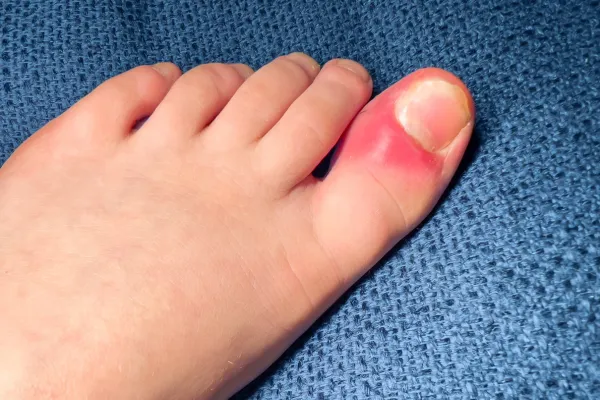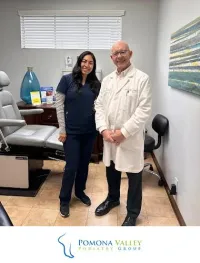
Can Ingrown Toenails Be Recurrent? Tips for Long-Term Prevention
Hello, foot health enthusiasts! If you’ve ever had an ingrown toenail, you know how painful and frustrating it can be. But what happens when those pesky toenails just won’t stay healthy? Unfortunately, ingrown toenails are a condition that can recur if not properly managed. Let’s dive into why this happens and explore some tips for preventing ingrown toenails from coming back.
Why Do Ingrown Toenails Keep Coming Back?
Ingrown toenails occur when the corner or side of the toenail grows into the surrounding skin, causing pain, swelling, and even infection. While ingrown toenails can be treated, they sometimes return. Here are a few reasons why this might happen:
Improper Toenail Trimming
If toenails are cut too short or rounded at the edges, it can encourage the nail to grow into the surrounding skin. This can create an environment ripe for recurrence.Wrong Footwear
Tight shoes, especially those with a narrow toe box, put pressure on the toenails and push them into the skin, making it easier for ingrown toenails to develop again.Trauma to the Toe
Injury or trauma to the toenail, like stubbing your toe, can alter the growth pattern of the nail and increase the risk of it growing into the skin again.Genetics
Some people have a natural predisposition to ingrown toenails. If you have unusually curved toenails, you may be more likely to experience recurring ingrown toenails.Nail Infections
If an ingrown toenail is not treated properly or if the nail becomes infected, the issue can come back even after the initial pain has subsided.
Tips for Preventing Recurrence of Ingrown Toenails
Now that we know why ingrown toenails might return, here are some helpful tips to prevent them from coming back:
Proper Nail Care
Regularly trim your toenails straight across and avoid cutting them too short. The nails should not be cut too deeply into the corners, as this can encourage them to grow inward. Be sure to use clean, sharp nail clippers to avoid injury.Wear Comfortable, Well-Fitting Shoes
Choose shoes with plenty of room in the toe box. Tight, narrow shoes put pressure on your toes and increase the risk of developing ingrown toenails. Look for shoes with a cushioned sole and breathable material to provide comfort and prevent further irritation.Use Soaks and Moisturizers
After a long day, soak your feet in warm water to reduce swelling and soften the skin. Follow up with a moisturizing cream to keep the skin around the toenail soft and prevent it from becoming dry and cracked.Seek Early Treatment
If you notice the early signs of an ingrown toenail—pain, redness, or swelling—treat it as soon as possible. Early intervention can prevent the condition from worsening and may help prevent it from coming back.Consider Medical Treatments
If you have frequent ingrown toenails, or if home treatments don’t seem to work, it might be time to see a podiatrist. In some cases, a minor surgical procedure can help permanently resolve the issue by removing a small portion of the nail or addressing the underlying problem.Avoid Trauma to the Toenail
Be mindful of your toes to avoid injury. If you participate in sports or activities that put a lot of pressure on your feet, consider wearing protective footwear to prevent toe trauma.Foot Hygiene
Keeping your feet clean and dry is essential for preventing infections. Make sure to dry your feet thoroughly after showers and baths, paying special attention to the areas around your toenails.
When to See a Podiatrist
If your ingrown toenail becomes severely painful, infected, or shows signs of recurring problems, it’s important to seek professional help. A podiatrist can properly assess the situation and provide a treatment plan that’s right for you, including possible nail procedures or other medical interventions.
Conclusion
While ingrown toenails can be persistent and painful, there are steps you can take to reduce the chances of recurrence. By maintaining proper toenail care, wearing the right footwear, and seeking early treatment when necessary, you can keep your feet healthy and avoid the discomfort of recurring ingrown toenails.
If you’re struggling with an ingrown toenail or have concerns about your foot health, don’t hesitate to reach out to us at Pomona Valley Podiatry Group. Our team is dedicated to helping you find the right solution and get you back on your feet—pain-free!
Ask And His Team
Fill in the form to request a Call From Our Team
One of our team will call you for FREE and answer any questions or concerns you may have about your uncomfortable foot condition





